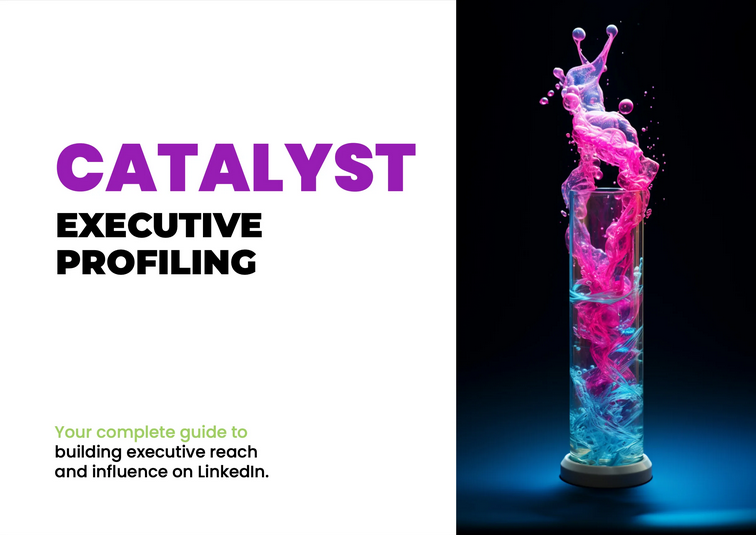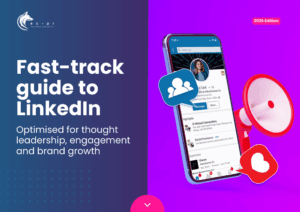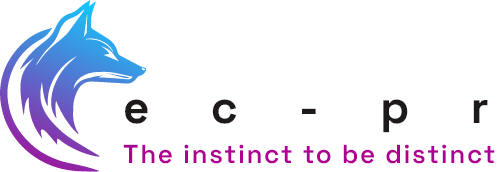
The 5 worst types of LinkedIn posts (and how to fix them)
LinkedIn can be a goldmine for building professional relationships, showcasing expertise and attracting ideal clients. But scroll through your feed for five minutes and you’ll encounter posts that make you wonder if the person considered, even for a moment, how it might come across.
As someone who helps C-suite executives build their personal brands on LinkedIn, I see the same mistakes repeated every day. These posts don’t just fail to engage; they can actively damage professional reputations and waste valuable opportunities to connect with prospects.
Here are some of the worst offenders cluttering your LinkedIn feed, and more importantly, what you can do instead.
1 The jargon crammer
Some of the worst posts I have seen are those drowning in technical jargon and industry acronyms. These posts read like an internal memo that accidentally escaped into the wild. The author understands every word perfectly, but what about their ideal clients? They’re left scratching their heads.
Could you decipher this for example, “leveraging zero-trust architectures to optimise SASE implementations for enhanced micro segmentation capabilities.” I think even other cybersecurity professionals might struggle to decode this alphabet soup, let alone the business owners who are looking to protect their business from cyber-attacks.
Your prospects aren’t impressed by your technical vocabulary. They’re trying to solve business problems. If your post requires a glossary to understand it, you’ve lost them before you even had a foot in the door.
Do this instead: Explain complex concepts in simple terms – the latest algorithm report from JustConnecting and Richard van der Blom highlights that posts need to be written for people with a reading age of a 6-9-year-old. Your ideal clients scrolling on LinkedIn aren’t looking for detailed technical content, they want to understand your posts straight away and find them relatable to what they’re trying to achieve.
So, use storytelling, define acronyms and ask yourself, would a smart person outside my industry understand this? If not, make it simple. Your expertise will shine with clarity; don’t let it drown in complexity.
2The self-serving brag
Nothing kills engagement faster than posts that scream “me, me, me.” These typically fall into two categories: the humble brag disguised as inspiration (“So humbled to close another eight-figure deal while volunteering at the local shelter”) and the company announcement masquerading as thought leadership (“Thrilled to announce our new product that revolutionises everything”).
These posts treat LinkedIn like a press release distribution service. They focus entirely on the author’s achievements, company milestones or product features, without considering what value they offer to their audience.
Do this instead: Make your audience the hero of your story. Share lessons learned, insights gained, or strategies that others can apply. If you announce company news, focus on the problem you’re solving for customers, not the features you’ve built.
3 Engagement bait
“Agree or disagree?”
“Thoughts?”
“What do you think?”
These lazy endings to otherwise mediocre posts represent a fundamental misunderstanding of how meaningful engagement works. Genuine discussion stems from compelling content, not by begging for comments.
The worst offenders pair these phrases with controversial takes designed to generate arguments rather than thoughtful debate. “Hot take: employees should work weekends” isn’t thought leadership; it’s engagement farming also known as “click bait” and your audience will see through it within seconds.
Do this instead: Ask specific, thought-provoking questions that relate directly to your content. Better yet, share insights so valuable that people naturally want to respond. Quality engagement comes from quality content.
4 The template trap
LinkedIn is littered with formulaic posts that follow tired templates: “I was rejected 47 times before landing my dream job,” “Three years ago I was broke, today I’m a millionaire,” or “Here are five leadership lessons I learned from walking my dog.” These formats worked initially because they were fresh, but now they signal lazy content creation.
The problem isn’t storytelling; stories are powerful. The problem is overused frameworks that make every post sound identical and inauthentic.
Do this instead: Share genuine experiences in your own voice. Focus on unique insights rather than forcing your story into a viral template. Authenticity trumps viral formatting every time.
5 The toxic workplace confession
Leaders who air grievances about their teams publicly, dismiss employee needs for flexibility, or make insensitive comments about work-life balance are some of the worst offenders when it comes to posts that are damaging. These posts reveal more about the author’s leadership failures than their business acumen.
There was a recent post from a business leader who said they looked down on employees who took time off during the first half of the year; as if burnout was a badge of honour. These posts don’t just fail to attract talent; they actively repel customers who recognise toxic leadership when they see it.
Do this instead: Use LinkedIn to showcase positive leadership principles. Share how you’re adapting to employee needs, investing in team development or creating better workplace cultures. Demonstrate the leadership style that attracts both talent and customers.
Building trust and credibility
Great LinkedIn content isn’t about going viral or forcing engagement metrics
It’s about building authentic relationships with people who matter to your business. Posts should educate, inspire or provide value to your ideal clients AND don’t be afraid to show your personality – people want to know the person behind the screen.
Before hitting publish, ask yourself three questions:
- Is this clear enough for my prospects to understand?
- Does this provide value beyond self-promotion?
- Would I want to read this if someone else wrote it?
Your LinkedIn presence is often the first impression potential clients have of your leadership style and business philosophy. Make it count. Skip the jargon, ditch self-promotion and focus on serving your audience. Your future clients will thank you.
Ready to take your LinkedIn strategy further?
If you’d like to know more about how we support C-Suite executives with their LinkedIn presence, visit our Personal Branding page and download our Catalyst Guide. Discover how to turn your leaders into thought leaders, build brand credibility and drive business growth.
10 reasons your CEO 'shouldn't' be on LinkedIn
Watch our experts overcome all the objections in our on-demand webinar.
Plus download our free fast-track guide to LinkedIn.

Discover how we use LinkedIn to grow influence
Our proven, white glove approach to building senior executive reach and influence on LinkedIn.

Fast-track guide to LinkedIn for Leaders

8 ways to optimise your LinkedIn for thought leadership, engagement and brand growth


